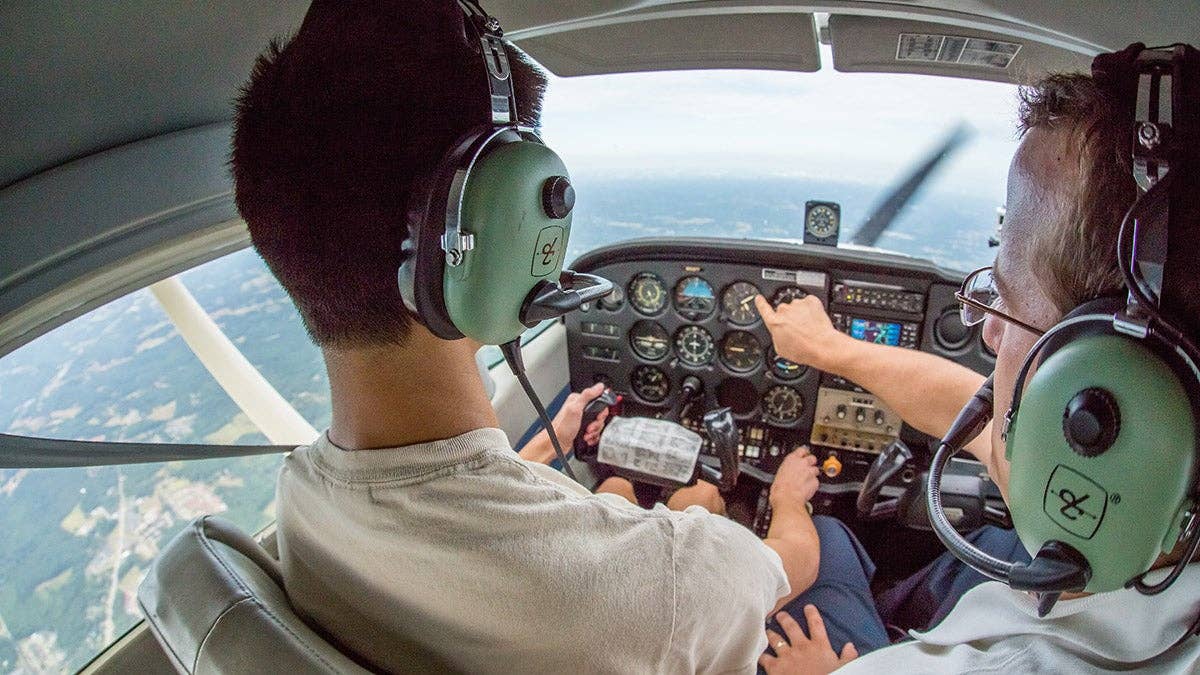
Honeywell released its annual business aviation forecast ahead of this year’s NBAA-BACE event in Las Vegas (2016 convention pictured). NBAA
If you get the sense that a recovery in the beleaguered business aircraft market always seems to be at least “one more year” away, you’re right. Again this year, Honeywell’s annual business aviation forecast moves the goal post for a return to good times by a year to the right, meaning a notable uptick in new business jet sales now isn’t anticipated to occur until 2019 at the earliest.
The latest Honeywell forecast, released on Sunday night ahead of the start of the NBAA Convention in Las Vegas, predicts the business aviation industry “is likely facing a modest pace for near-term orders due to an uncertain economic and political environment along with a very competitive used aircraft market.” These are the very same reasons that Honeywell has cited for the past several years in explaining why the market recovery has yet to fully materialize. The bizjet market ran into serious headwinds after the 2008 financial crisis, and has been stubborn to regain lost ground ever since.
The Honeywell Global Business Aviation Outlook forecasts up to 8,300 new business jet deliveries worth $249 billion from 2017 to 2027, down 2 to 3 percentage points from the 2016 10-year forecast. “Declining used aircraft prices, continued low commodities prices, and economic and political uncertainties in many business jet markets remain as near-term concerns for new jet purchases, leading to a modest growth in 2018,” said Ben Driggs, president, Americas Aftermarket, for Honeywell Aerospace. “That said, there are several new and exciting aircraft models coming to market, which will drive solid growth in new business jet purchases in the midterm and long term.”
Key global findings in the 2017 Honeywell outlook include:
Deliveries of approximately 620-640 new jets in 2017, a decline of roughly 30 aircraft year over year. The pullback comes on the heels of a moderate decrease in 2016 and is largely due to slower order rates for mature airplane models and a transition to new models slated for late 2017 and 2018.
Operators plan to make new jet purchases equivalent to about 19 percent of their fleets over the next five years as replacements or additions to their current fleet, a decrease of 8 percentage points compared with the 2016 survey results.
Of the total purchase plans for new business jets, 19 percent are intended to occur by the end of 2018, while 17 percent and 14 percent are scheduled for 2019 and 2020, respectively.
Operators continue to focus on larger-cabin aircraft classes, ranging from the super mid-size through ultralong range, which are expected to account for more than 85 percent of all expenditures on new business jets in the next five years.
The longer-range forecast through 2027 projects a 3-4 percent average annual growth rate despite the lower short-term outlook as new models and projected improved economic performance will contribute to industry growth.
Declines in five-year operator purchase plans are offset in the long-term forecast by new programs entering service, improved economic performance and higher commodity prices, resulting in only a small decline in the overall outlook.

Sign-up for newsletters & special offers!
Get the latest FLYING stories & special offers delivered directly to your inbox






